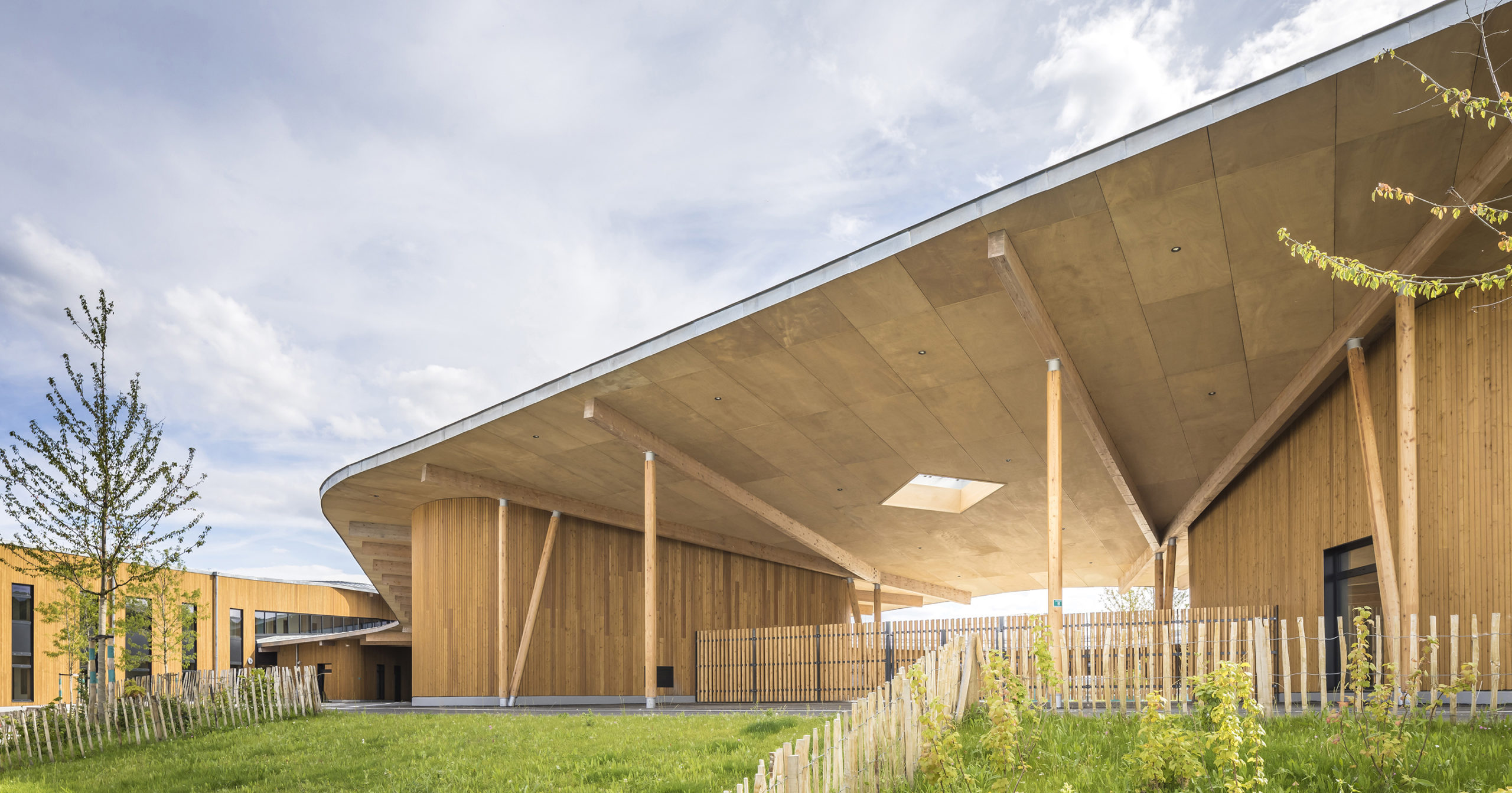Last chance: The 14th Architizer A+Awards celebrates architecture's new era of craft. Apply for publication online and in print by submitting your projects before the Final Entry Deadline on January 30th!
Designing a building is a high-stakes juggling act that architects don’t get enough credit for. At best, society thinks architects are cool and elusive figures with a penchant for black turtlenecks and nice stationary. At worst, I’ve heard multiple people describe architects as people who “carry a god complex.” Both stereotypes are grounded in the fact that your average person simply doesn’t understand the full scope of what it means to be an architect. The reality is this: Architects carry an enormous weight on their shoulders and must be masters of multidisciplinary, lateral thinking if they want to get anything built.
What non-architects (full disclosure: I am myself in this category!) need to understand is that buildings are more than symbols or representations of the society from which they emerge, and designing a building that is buildable requires far more than just a good idea, a napkin and a quick doodle. In addition to technical detailing, material specification and programmatic coordination, architectural thought has to encompass daunting environmental considerations and engage with social issues that can be ameliorated by good design.
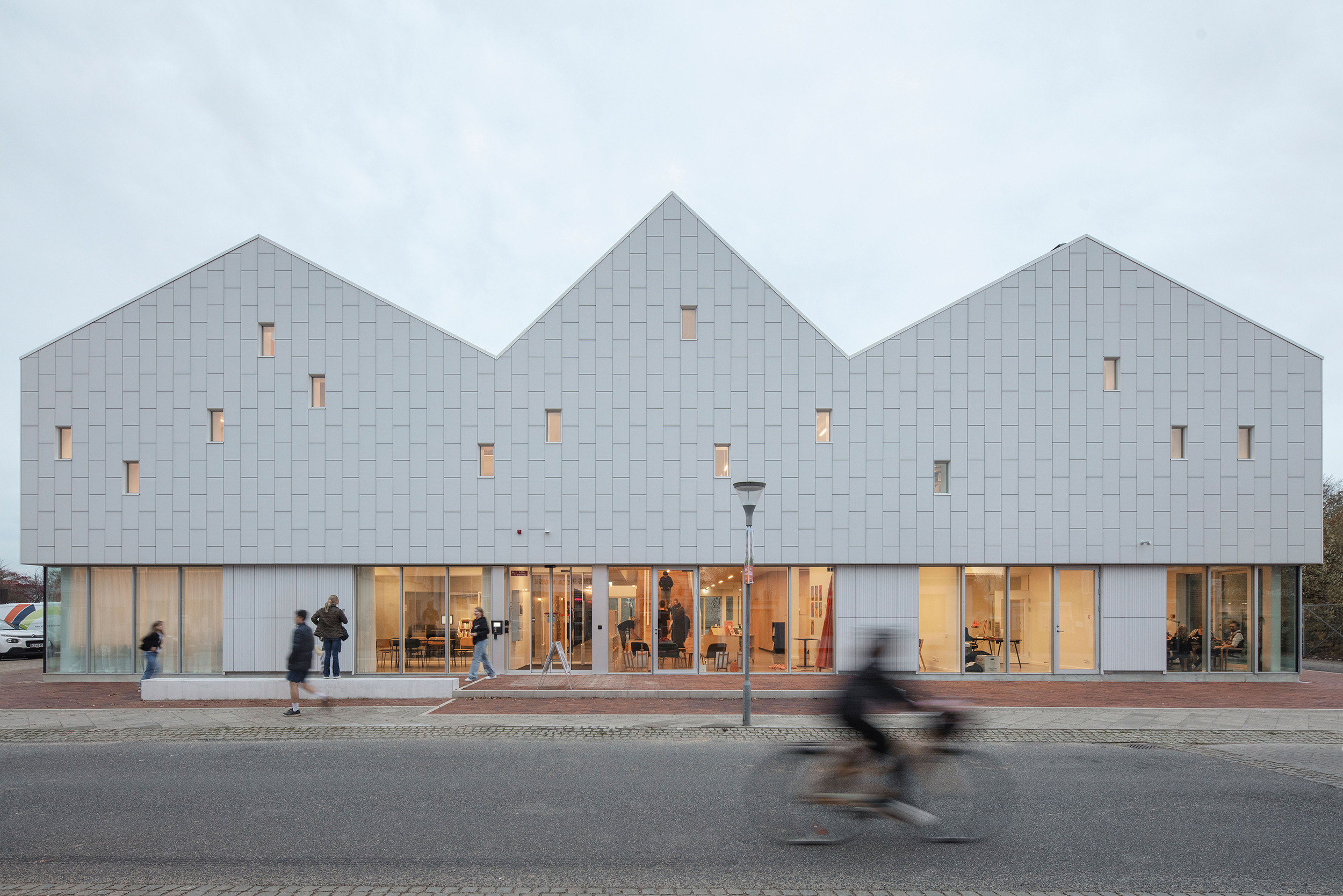
Viby Library and Culture House by Christensen & Co Architects, Popular Choice Winner, 10th Annual A+Awards, Community Centers
I could have chosen ‘great,’ ‘incredible,’ or ‘innovative,’ as an adjective, but I pair the ‘good’ with ‘design’ consciously. The dictionary definition of ‘good’ encompasses the following:
- To be desired or approved of
- Having the qualities required for a particular role
- Possessing or displaying moral virtue
- Giving pleasure; enjoyable or satisfying
- Thorough
- Valid; reliably providing
Indeed, when realized, architecture reinforces and shapes social and political realities. By specifying some materials over others and convincing clients to spend a little more on a few spare details, architects hold more power than most people in any given public. Design decisions don’t need to be visionary to forge new futures, making good design all the more pressing.
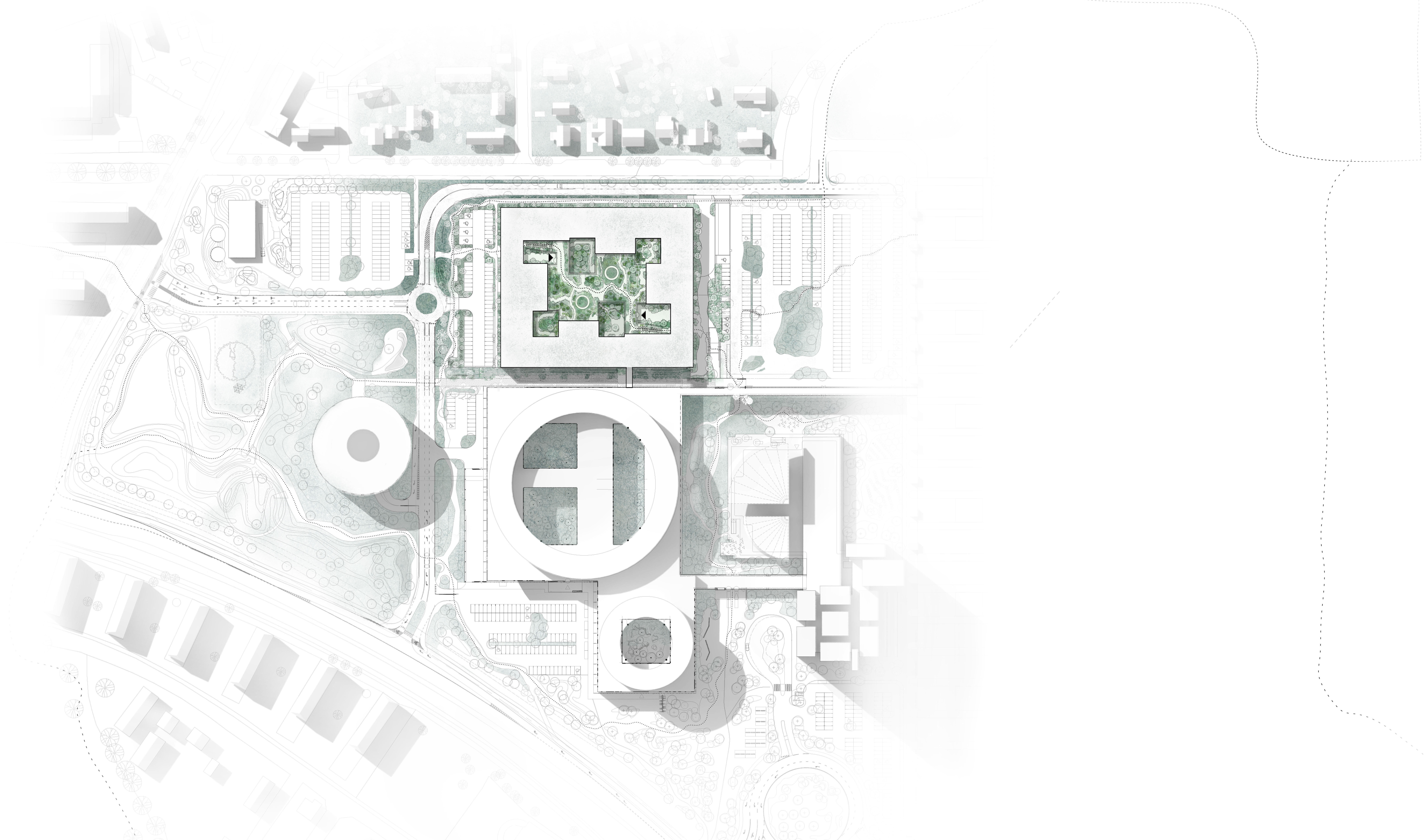
Steno Diabetes Center Copenhagen by Vilhelm Lauritzen Architects and MIKKELSEN Architects, Herlev, Denmark | Popular Choice Winer, 10th Annual A+Awards, Hospitals & Healthcare Centers
When approached creatively, good architecture pushes society forward. Consider how established typologies reinforce the status quo. Yet, by thoughtfully updating the expectations of particular programs, architects can challenge social norms.
The evolution of hospital design is an excellent example of this. While circular floor plans were once seen as a salubrious, the 20th century saw a rise in boxy and labyrinthine white-walled hospitals that took sanitation to an extreme. Now, in the 21st century, architects are intensely questioning the standards of the preceding century and incorporating interdisciplinary learning into their new designs. Incorporating green space reflects the growing recognition of the interrelationship between mental and physical health, while designing healthcare spaces with deep local references puts patients at ease by making them feel more at home.
These creative architectural solutions can also extend to social problems. The housing crisis faced by most counties wasn’t brought on by bad design; indeed, social inequalities, including property speculation and unjust policy, are among many culprits. Yet, more and more architects are the ones who are trying to find solutions, coming up with clever ways to build more affordably — whether by collaborating with engineers to build taller and densify cities or simply to making housing more affordable — not only from a construction standpoint, but also for the energy bills of the later inhabitants.
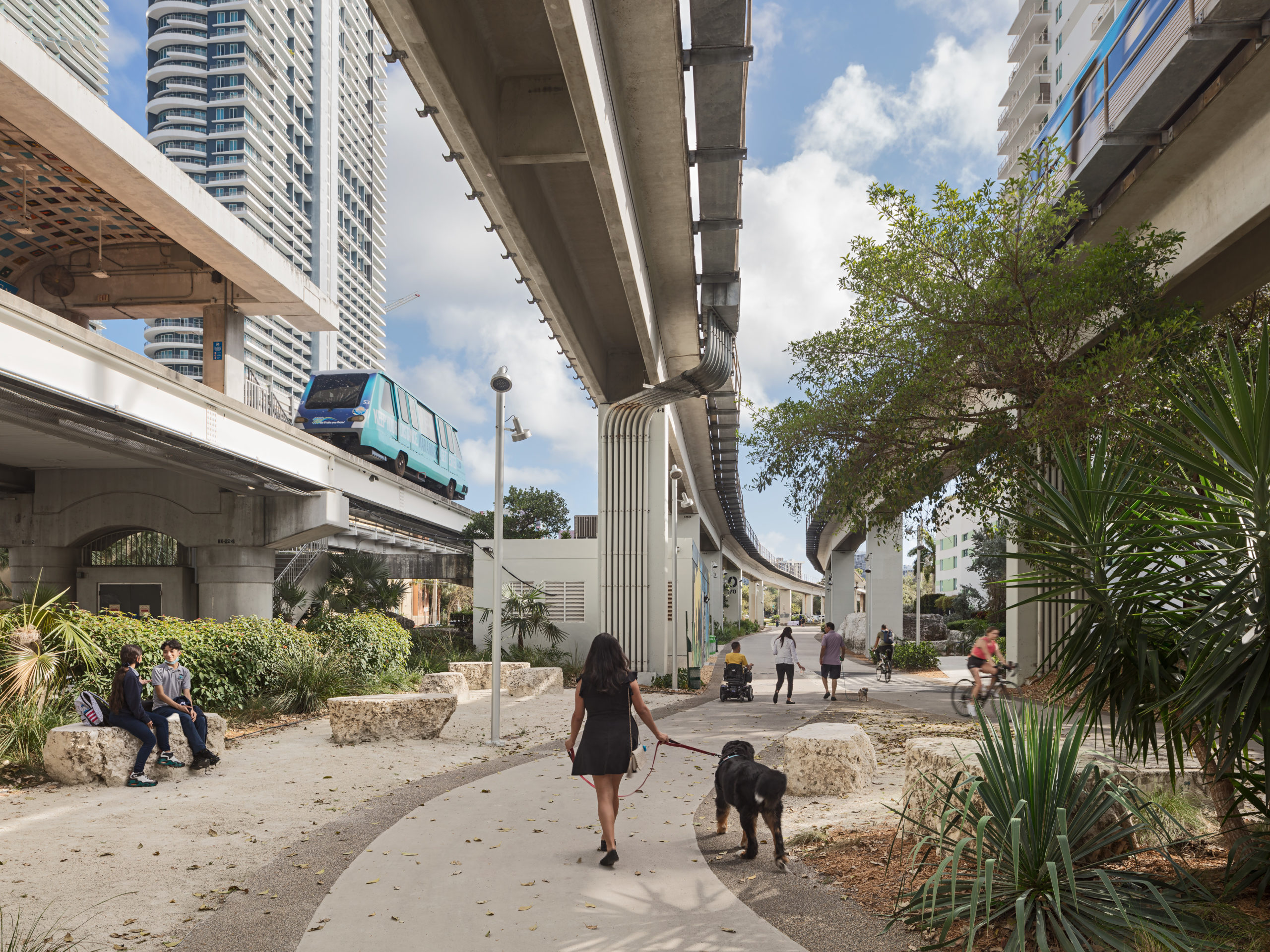
The Underline’s Brickell Backyard by James Corner Field Operations, Miami, FL, United States | Jury Winner, 10th Annual A+Awards, Urban Transformation
Likewise, society is increasingly turning to architects to project manage diverse interdisciplinary teams tackling larger urban and environmental concerns. This can take the form of improving air quality and urban circulation by adding public pedestrian spaces to a city center or protecting vulnerable communities from sea-level rise by building a vibrant recreation area. In short, good designers can take a wider social problem, one that is experienced outside of the project brief, and through good design use their commission to find “solutions” that improve the quality of life for vast numbers of individuals.
Good design also produces architecture capable of cultivating community on multiple levels. Most obviously, striking a balance between the private functions of a building’s programmatic needs while also introducing meaningful gathering spaces is an art form that can make or break the experiences of university students, office employees, families and more. Likewise, from the perspective of a building’s image value, good design reminds us that there’s a reason we don’t just have cookie-cutter plans for all building typologies.
While architects are some of the first to pooh-pooh blockbuster, monumental buildings that ignore local context, there’s something to be said about how memorable and unique architecture can serve as a point of commonality for diverse populations. Whether from the exterior, as an iconic façade, or an interior, as a dazzling atrium, architects create special places that resonate with users, imprinting itself on their identities as a shared point of reference.
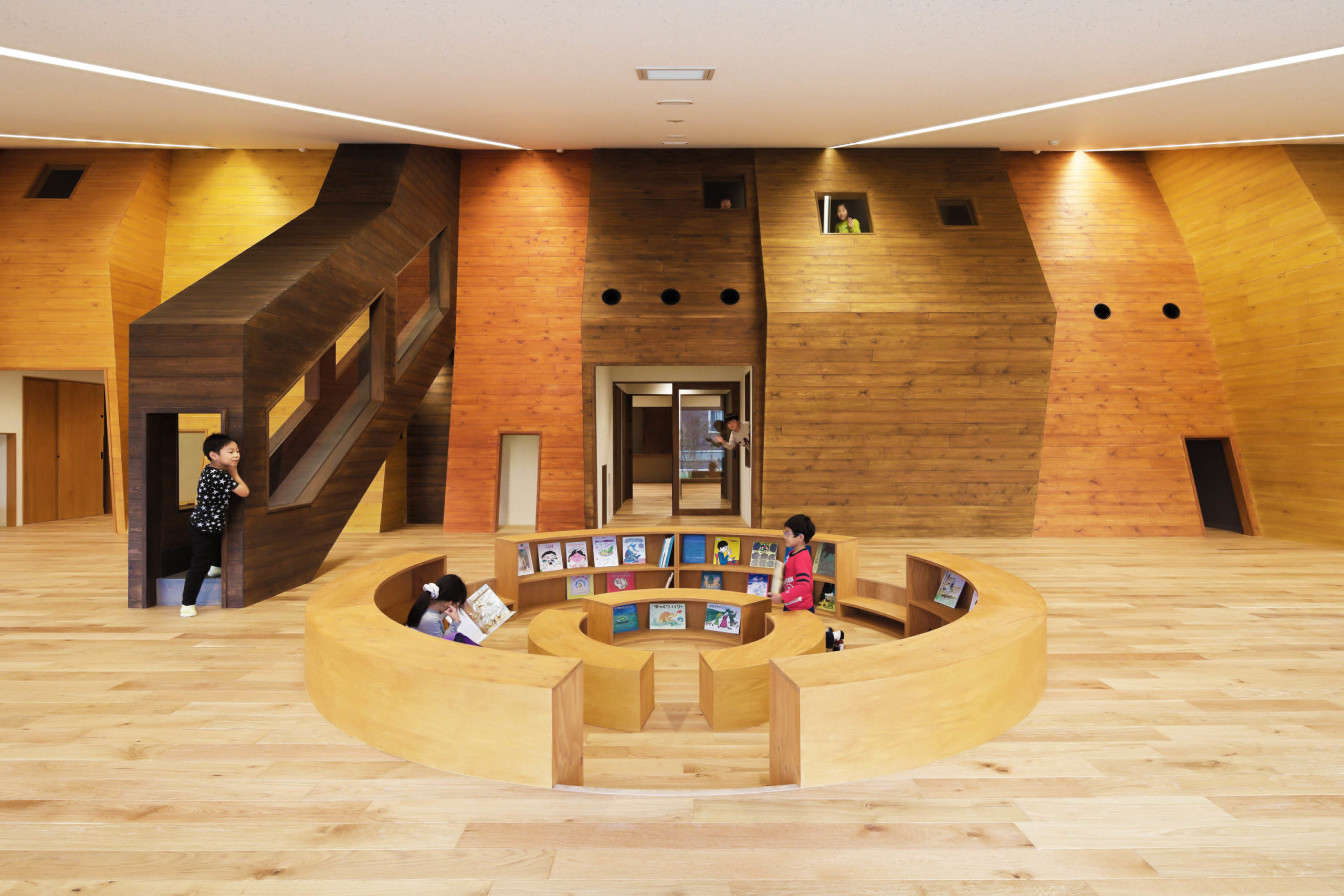
SH Kindergarten and Nursery by HIBINOSEKKEI+Youji no Shiro, Toyama, Japan | Popular Choice Winner, 10th Annual A+Awards, Kindergartens
Architects also shape the fabric of our every day existence, impacting our minds and our bodies. For instance, good design can offer subtle suggestions for users to make healthier life choices or to learn new things: choosing the stairs over the elevator, stepping outside of routine to make unexpected discovery or nudging users to interact with new people.
Frank Lloyd Write once said, “Give me a brick and it becomes worth its weight in gold,” and indeed architects do have the power to transform the perceived value of materials, therefore shaping industrial relations. While specifying some materials over others can develop devastating consequences, architecture can also reassign value to resources and products otherwise cast aside by society.
So yes, we need more ‘great,’ ‘excellent,’ and ‘innovative’ design moments — buildings that make a BIG statement — but ‘good’ architecture is the foundation of a better society. By celebrating ‘good design,’ we celebrate excellence in the more quotidian ways that architecture actually affects and impacts the people using it, and positively shapes society in the here and now. Being an architect is a huge responsibility, and more architects deserve credit for the ways that they positively impact the lives of countless individuals in their day to day lives.
Top image: Jean Louis Étienne School by archi5, Coupvray, France | Jury & Popular Choice Winner, Primary & High Schools
Last chance: The 14th Architizer A+Awards celebrates architecture's new era of craft. Apply for publication online and in print by submitting your projects before the Final Entry Deadline on January 30th!
